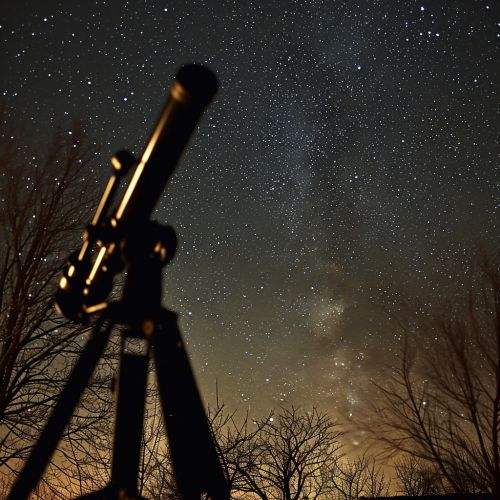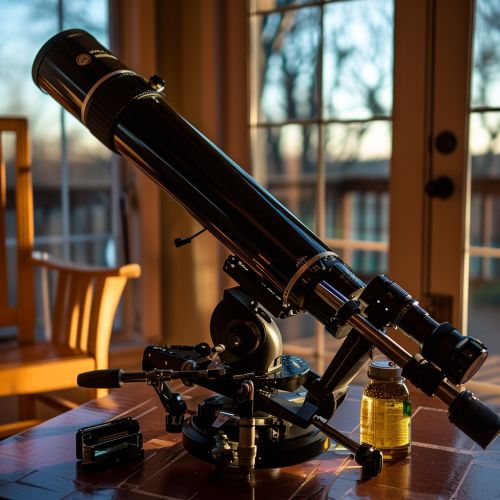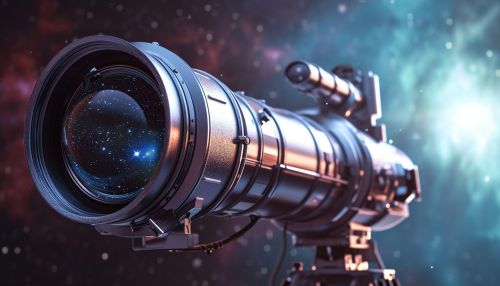Role of Astrophotography in Space Exploration
Introduction
Astrophotography, the art and science of photographing celestial bodies and phenomena, plays a crucial role in space exploration. This discipline, which combines aspects of astronomy and photography, has been instrumental in expanding our understanding of the universe. It has provided scientists with invaluable data, enabling them to study distant galaxies, nebulae, stars, planets, and other celestial bodies in detail. The advancements in astrophotography have also played a significant role in the development of space telescopes and other observational instruments, which are vital tools in space exploration.


History of Astrophotography
The history of astrophotography dates back to the 19th century, when the first successful photograph of the Moon was taken by John William Draper in 1840. This marked the beginning of a new era in astronomy and space exploration, as it opened up the possibility of studying celestial bodies in a way that was not possible with the naked eye or even with the most powerful telescopes of the time. Over the years, the techniques and equipment used in astrophotography have evolved significantly, leading to more detailed and accurate images of the cosmos.
Techniques in Astrophotography
Astrophotography involves a variety of techniques, each suited to capturing different types of celestial objects and phenomena. These include wide-field astrophotography, which is used to capture large areas of the night sky; deep-sky astrophotography, which focuses on distant objects such as galaxies and nebulae; planetary astrophotography, which is used to photograph planets; and solar astrophotography, which involves capturing images of the Sun. Each of these techniques requires specialized equipment and knowledge, and they all contribute to our understanding of the universe in different ways.
Equipment Used in Astrophotography
The equipment used in astrophotography includes telescopes, cameras, mounts, and other accessories. Telescopes are used to magnify distant celestial bodies, while cameras capture the light emitted by these objects. Mounts are used to hold the telescope and camera steady, and to track the movement of celestial bodies across the sky. Other accessories, such as filters and software, are used to enhance the quality of the images and to process the data collected.


Role of Astrophotography in Space Exploration
Astrophotography has played a pivotal role in space exploration in several ways. First, it has provided scientists with detailed images of celestial bodies, which have been used to study their composition, structure, and behavior. These images have also been used to map the night sky, aiding in the navigation of spacecraft. Second, astrophotography has been used to detect and study celestial phenomena, such as supernovae, comets, and asteroids, which could pose a threat to Earth. Finally, astrophotography has contributed to the development of space telescopes and other observational instruments, which have further expanded our ability to explore the universe.
Future of Astrophotography
The future of astrophotography looks promising, with advancements in technology expected to lead to even more detailed and accurate images of the cosmos. These advancements could also enable amateur astronomers to contribute more significantly to space exploration, as they will be able to capture images of celestial bodies and phenomena that were previously only accessible to professional astronomers and scientists. Furthermore, the increasing interest in space tourism could lead to a greater demand for astrophotography, as tourists will want to capture their own images of the cosmos.


